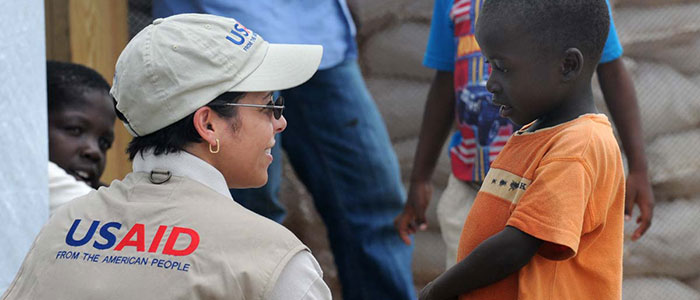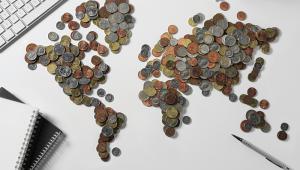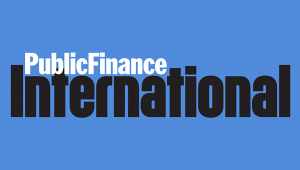Web-USAID_4689443682_baf88708a3_o.jpg

USAID made progress on transparency this year, but have further to go. Credit: USAID
Publish What You Fund’s index found that the majority of the world’s donors are still too opaque, including America’s USAID, the United Nations humanitarian office and the World Bank’s private sector arm.
Italy and ministries in France and Japan were among some of the lowest ranking donors, scoring above only China and the United Arab Emirates.
Jeremiah Sam, a project coordinator at Penplusbytes Ghana, which promotes effective governance through technology in Africa, explained that information on aid is essential to holding governments to account.
“Citizens need to be armed with such knowledge to make informed choices, especially at the polls, and demand good governance.”
Aid transparency also gives recipient governments the information needed to plan ahead and allocate resources and increases accountability.
For example, in January this year Oxfam was able to show that $1.9bn of the funds committed to help Guinea, Sierra Leone and Liberia recover from Ebola had not yet been allocated to any country and that there was little information on how the remaining funds would be made available, holding donors to account.
This year’s index found that only 25% of global aid now meets full transparency requirements, meaning the majority are still failing to live up to commitments to openness and hampering the effectiveness of aid.
Rupert Simons, the CEO of Publish What You Fund, highlighted that only 10 out of the world’s 46 biggest donors provide enough information to enable recipient governments to plan or for citizens to hold their governments to account.
He said there were “no excuses” for major donors still lagging behind.
China and the UAE both ranked at the bottom of the table, scoring 2.2% and 0.0% respectively. With new donors like this starting to play a bigger role in the aid landscape, transparency of their funds is increasingly salient.
But other well-established players didn’t fare much better. Italy, Japan’s Ministry of Foreign Affairs and France’s Ministry of Economics, Finances and Industry all joined China and the UAE in the “very poor” category.
The lowest-ranking eight donors on the index included these five in the “very poor” category as well as Korea, the World Bank’s private sector lending arm the International Finance Corporation and the International Monetary Fund, all of which ranked “poor”. Information from these donors “is mostly lacking, raising serious doubts about their commitment to transparency”, the report said.
Finland (38.5%), Ireland (37%), the UN’s Office for Coordination of Humanitarian Affairs (37%) and France’s Ministry of Foreign Affairs (38%) all dropped down into the “poor” category since 2014 because they now either publish less information, publish less frequently or both.
The majority of donors fall into the “fair” category, which is lead by USAID with 59.1%. It also includes other US institutions like the US Treasury, European development banks, France and Japan’s development agencies, Belgium, Spain, Australia and the Gates Foundation.
The final 18 organisations rank as “good” or “very good”, with the United Nations Development Programme taking the top spot with a score of 93.3%.
UNDP administrator Helen Clark said transparency is important for achieving the Sustainable Development Goals, agreed at the UN last year, and for development in general.
“It is encouraging that there has been a marked improvement in aid transparency – but more needs to be done in order to ensure that development is as effective as possible,” she said.
UNICEF, the arm of the World Bank dedicated to lending to the poorest countries, the Global Fund, Sweden, and the Asian, African and inter-American development banks all also scored in the top category.
The UK’s Department for International Development came in fourth, with 88.3%. But under the UK’s new aid strategy, the country’s overseas aid budget will be spent by a larger number of government departments including the Foreign & Commonwealth Office and Ministry of Defence, which commentators have noted are less transparent.













